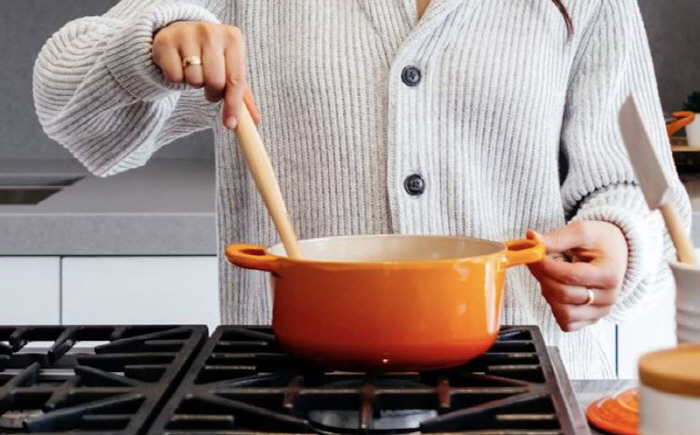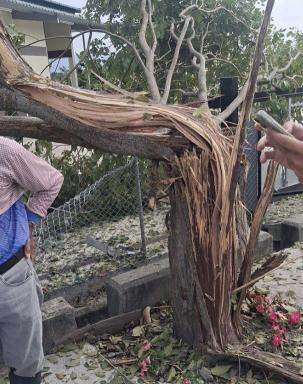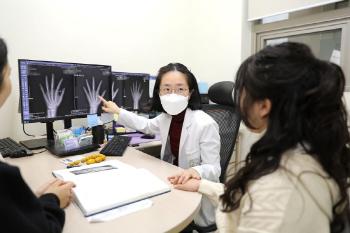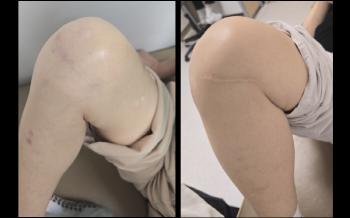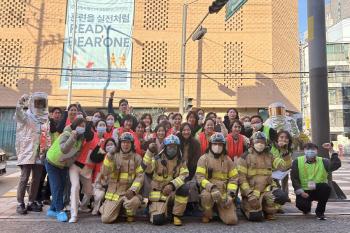Let your guard down! Oh, it's hot!Burns, Why You Shouldn't Leave It
|
Every year on holidays, the number of patients who get burned while cooking food like A increases. According to the Ministry of Health and Welfare's report on the daily average of emergency medical center patients due to holiday accidents before and after Chuseok in 2020, the number of burn patients more than doubled from an average of 90 per day to an average of 221 per day during the Chuseok holiday.
Burn refers to a condition in which the skin and soft tissues are damaged by fire, hot water, electricity, chemicals, etc. Burn patients visiting hospitals on holidays occur in various forms, including hot water preparing food, cooking tools such as heated pots or electric grills, hot steam such as pressure rice cookers, and burns caused by hot cooking oil used for frying, as in the case of A. If the burn is not severe, cool it down in running cold water and visit a nearby hospital for treatment.
In general, burns are classified from 1 degree to 4 degrees depending on the symptoms that appear. First-degree burns occur on the skin's outermost epidermal layer, resulting in redness, swelling, and pain, but no blisters. If you use running water to cool down and apply skin moisturizer to protect damaged skin, most of them can be healed without complications or aftereffects.
If damage occurs to the upper dermis layer inside the epidermis due to deep burns, blisters can occur, pain and swelling can occur. In this case, it is classified as a second-degree image. If only a part of the dermis is damaged, epithelial regeneration will occur in about two weeks to recover, but if the burn is deep and damage to the lower dermis, it may take up to four weeks for the sensation to become numb or for the skin to pale and recover. Scars can remain after recovery.
Burns of more than 3 degrees, which require specialized burn treatment, may damage the entire dermis and subcutaneous tissue, turning the skin color white or black and not feeling pain due to nerve damage. In addition, fourth-degree burns are a severe condition in which human tissues such as muscles, nerves, and bones are damaged along with the skin. In this case, it should be reported to 119 so that the patient can be quickly transferred to the hospital. Delayed first aid or wider and deeper invasion sites may lead to longer treatment periods and require surgery and skin transplantation.
Most people take burns lightly as 'burn', but if the burns are deep and large in area, various complications can occur, and in serious cases, they can lead to death, so care should be taken. If fluid loss increases in the early stages of burns, there is a risk of complications such as hypotension, arrhythmia, decreased kidney function, decreased liver function, and shock. The possibility of infection by external bacteria and microorganisms also increases. If you have burns on joint tissues such as fingers, wrists, toes, and ankles, even if they are small, the flesh may shrink and the tissue may stiffen, limiting joint movement.
Bae Kang-ho, director of surgery at Ulsan Elijah Hospital, advised, "Although burns are more closely related to our lives than we thought, it is rare to visit hospitals or pay attention to treatment. If folk remedies such as soju, soybean paste, and potatoes are performed at home because they can be cured naturally or burn treatment is expensive, there is a high risk of infection and there should be a risk of complications."
In addition, section chief Bae said, `If a blister occurs immediately after the burn, there are cases where a pointed object such as a needle is stabbed without disinfecting it to burst, and the risk of complications and aftereffects increases due to secondary bacterial infections. If you have a blister, don't burst it and visit a nearby hospital for treatment"Since burns can leave scars after treatment, follow-up care to remove dead tissue and regenerate skin is also important" he added.
To prevent burns in the kitchen, be careful not to use appliances or kitchen appliances at the same time when cooking food, and not to leave the seat or heat it for a long time. In addition, hot food or cooking utensils should be cooled sufficiently in a safe place, and children and the elderly with disabilities should refrain from entering the kitchen as much as possible for safety.
|
This article was translated by Naver AI translator.
